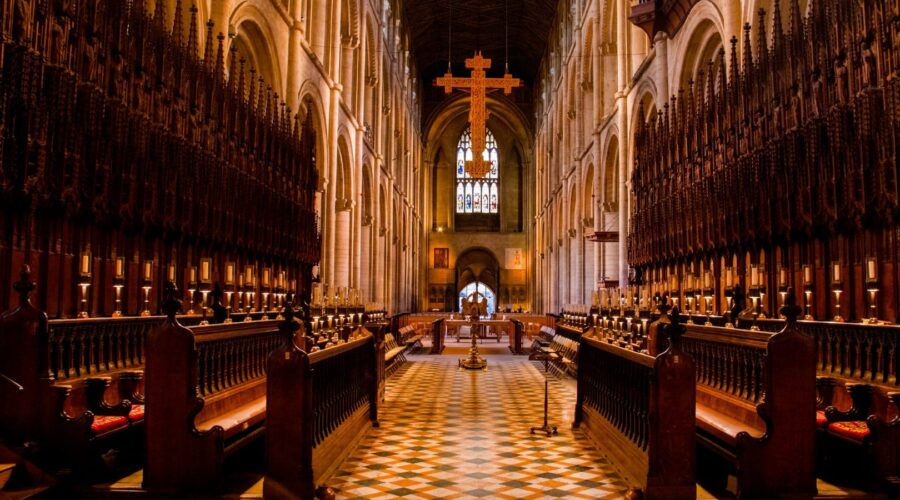Your cart is currently empty!
The Immaculate Heart of Mary: A Symbol of Purity, Love, and Grace

Introduction
The Immaculate Heart of Mary is a Catholic devotion that venerates the heart of Mary, the mother of Jesus. It represents her purity, love, and compassion, and is a symbol of hope and solace for believers.
History of the Devotion
The concept of the Immaculate Heart of Mary traces its origins to the early Church Fathers. Saint Irenaeus, in the 2nd century, referred to Mary as the “Virgin Mother” and emphasized her role as the second Eve. Over the centuries, various mystics and theologians, such as Saint Bernard of Clairvaux and Saint Alphonsus Liguori, promoted the devotion to the Immaculate Heart.
Devotional Practices
There are various ways to express devotion to the Immaculate Heart of Mary, including:
*
Prayer:
The “Memorare” and the “Chaplet of the Immaculate Heart” are popular prayers dedicated to the Immaculate Heart.
*
Rosary:
The Rosary, a Marian prayer consisting of 20 decades, includes the “Glory be to the Father” prayer which invokes the Immaculate Heart.
*
Consecration:
Many Catholics consecrate themselves to the Immaculate Heart, entrusting their lives and intentions to her protection.
*
Feast Day:
The liturgical feast of the Immaculate Heart of Mary is celebrated on December 8th.
Symbolism and Meanings
The Immaculate Heart of Mary is depicted as:
*
Purity:
The white color of the heart symbolizes Mary’s spotless nature and her freedom from original sin.
*
Love:
The flames emerging from the heart represent the burning love of Mary for God and humanity.
*
Compassion:
The sword piercing the heart signifies Mary’s shared suffering with her son, Jesus, on the cross.
*
Refuge:
The Immaculate Heart is often depicted with open arms, inviting believers to find solace and protection within her.
Historical Significance
Throughout history, many important events are attributed to the intercession of the Immaculate Heart of Mary, including:
*
Battle of Lepanto (1571):
Pope Pius V attributed the Catholic victory over the Ottoman Empire to the intercession of the Immaculate Heart.
*
Apparition of Fátima (1917):
The Virgin Mary appeared to three children in Fátima, Portugal, asking for prayers and consecration to her Immaculate Heart.
*
Consecration of Russia (1984):
Pope John Paul II consecrated Russia and the world to the Immaculate Heart, seeking an end to the Cold War.
Benefits of Devotion to the Immaculate Heart
Theology of the Immaculate Heart
Theological interpretations of the Immaculate Heart include:
*
Role in Salvation:
The Immaculate Heart is seen as a vessel through which God’s grace and mercy are poured out on the world.
*
Union with Christ:
The Immaculate Heart represents Mary’s intimate connection with her son, Jesus, and her participation in his redemptive work.
*
Co-Redemptrix:
Some theologians believe that Mary’s Immaculate Heart played a role in her co-redemptive role alongside Christ.
Conclusion
The Immaculate Heart of Mary is a symbol of purity, love, and grace that has been a source of devotion and inspiration for Catholics for centuries. Through prayer, consecration, and the contemplation of its symbolism, the Immaculate Heart continues to guide and protect believers, offering hope and solace in their journey toward God.